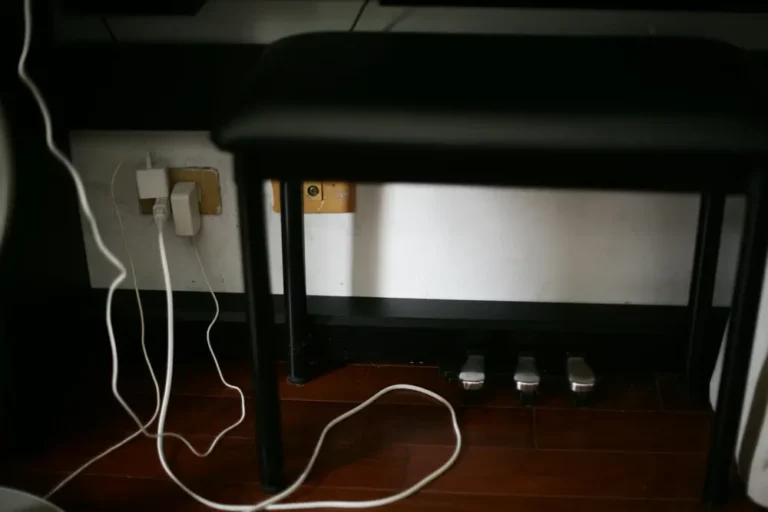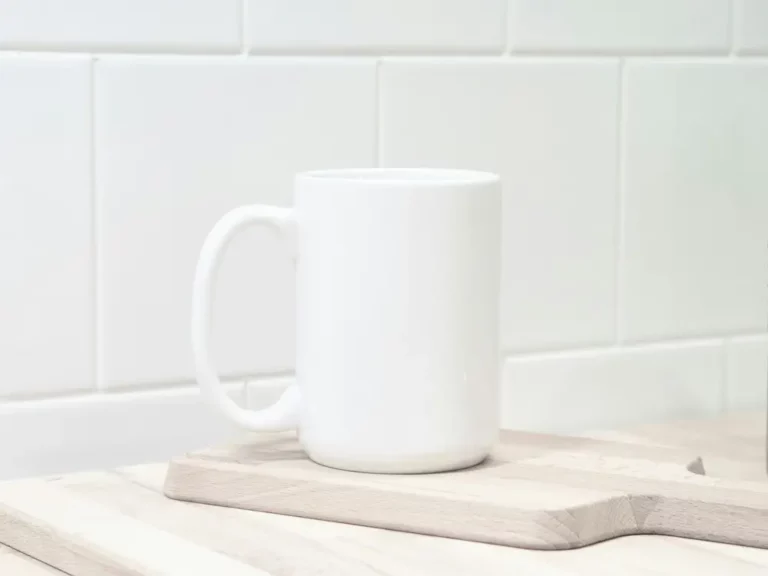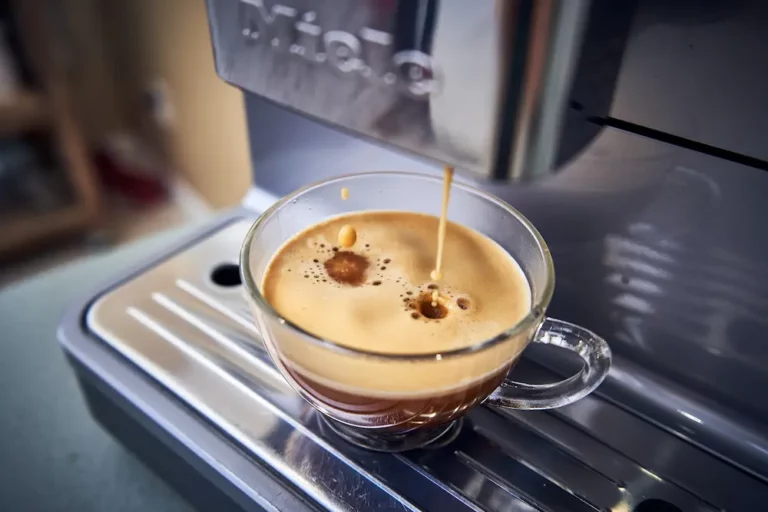Smart Shopping: Finding the Perfect Rugs for Hardwood Floors
In today’s homes, hardwood floors are a staple. They bring a sleek, elegant look to any space. But let’s face it: as much as we love the look of polished wood under our feet, it can feel a bit cold and unwelcoming at times. That’s where area rugs come into play. They’re not just pieces of fabric; they’re the cozy embrace your room has been missing.
Choosing the right rug for your hardwood floors isn’t just about picking a pattern or color that speaks to you. It’s about protecting your investment and enhancing the comfort of your living space. I’ve learned that while most rugs are hardwood-friendly, knowing which ones to choose can save you a lot of headaches down the line. Let’s dive into what makes a rug perfect for your hardwood floors.
The Art of Selecting a Rug for Your Wooden Floors
When it comes to dressing up my hardwood floors, I’ve found that the perfect rug can really make a room come alive. It’s not just about finding any rug but discovering the one that complements your space, enhances comfort, and protects your beautiful flooring.
First things first, size matters. A rug that’s too small can make a room feel disjointed, while one that’s too large might overwhelm the space. For living rooms, I usually suggest choosing a size that allows all the furniture to sit comfortably on the rug. In dining areas, a rug should extend at least 24 inches past the table to accommodate chairs, even when they’re pulled out.
Material is another crucial aspect. Wool rugs are durable and easy to clean, making them a favorite for high-traffic areas. However, if you’re after something a bit more budget-friendly, synthetic fibers like nylon or polyester can be fantastic alternatives. They’re resistant to stains and fading, meaning they’ll keep your room looking great for longer.
The role of rug pads can’t be overstated. Not only do they provide extra cushioning, but they also prevent the rug from slipping, protecting both the rug and the hardwood floors beneath. Trust me, there’s nothing more annoying than a beautiful rug that just won’t stay put!
Pattern and color play a pivotal role in setting the vibe of your room. A bold, geometric rug can add a modern twist, while a classic Persian or Oriental design can imbue your space with a sense of timeless elegance. For those of us who love to change things up now and then, reversible rugs offer versatility, letting you flip the script (or the rug, in this case) whenever the mood strikes.
Lighting is a factor many overlook. The amount and type of light your room gets can drastically affect how a rug’s colors appear throughout the day. Natural light tends to reveal the true colors of the rug, while artificial lighting can either soften or enhance its hues. Before making a decision, I always recommend checking samples under both lighting conditions to ensure a perfect match.
Exploring Rug Types Ideal for Hardwood Surfaces
When it comes to sprucing up my hardwood floors, I’ve discovered that not all rugs are created equal. Depending on the mood you’re aiming for and the level of traffic your floors endure, some rugs stand out more for their functionality and aesthetic appeal. Let me walk you through a few of my favorites.
The Cozy Appeal of Wool Rugs
I’ve always leaned towards wool rugs for their undeniable warmth and durability. These rugs are a classic choice for hardwood floors, providing a soft cushion underfoot that’s perfect for cooler climates. Wool’s natural oils repel stains, making it a practical choice for busy areas like the living room. Plus, they come in an array of patterns and colors, effortlessly complementing any interior design theme.
Cotton Rugs: Versatility Meets Style
For a more laid-back vibe, cotton rugs are the way to go. They’re lightweight, easy to clean, and relatively affordable, making them a great option for families with kids or pets. I love that I can toss a cotton rug in the washing machine for a quick refresh. Available in an endless variety of colors and patterns, they’re ideal for adding a pop of personality to a room without overwhelming the natural beauty of my hardwood floors.
Vintage Charm: Enhancing Wood with Overdyed Rugs
There’s something about overdyed rugs that I find absolutely mesmerizing. The process of over-dying gives these rugs a rich, saturated color that can make any room feel more intimate and sophisticated. Perfect for adding a touch of vintage charm, they contrast beautifully with the natural tones of hardwood, making the floor’s texture and color pop in an unexpected way.
Eco-Friendly and Chic: Natural Plant Fiber Rugs
In my quest for sustainability, I’ve grown fond of rugs made from natural plant fibers like jute, sisal, and seagrass. Not only are they eco-friendly, but they also add a textural element to my floors. Their neutral hues blend seamlessly with hardwood, enhancing the space without stealing the spotlight. Ideal for high-traffic areas, these rugs are durable and provide an earthy, grounded feel to my home.
The Practical Choice: Synthetic Rugs
For areas of my home that see a lot of foot traffic, synthetic rugs are my go-to. Made from materials like nylon, polyester, and polypropylene, these rugs are incredibly resilient and stain-resistant, which means I don’t have to fret over every little spill. They’re also budget-friendly and come in a vast array of designs, allowing me to experiment with different styles without committing to a high-priced piece.
Designing with Rugs: Aesthetic and Practical Tips
When it comes to enhancing the beauty and functionality of hardwood floors with rugs, there’s a delicate balance between aesthetic appeal and practicality. I’ve learned that the right rug can transform a room, not just by adding warmth and comfort underfoot but also by tying together the various elements of my decor. Let’s dive into some tips I’ve gathered over time.
Harmonizing Rug Colors with Wood Tones
Finding the perfect rug color that harmonizes with my wood floors has always been pivotal. I noticed that lighter rugs can brighten a room with dark wood floors, making it appear more spacious. Conversely, a darker rug on light wood floors creates a cozy and intimate feel. It’s also worth considering the undertone of the wood; for example, a rug with warm hues complements the reddish or golden tones in my hardwood floors beautifully.
Choosing Patterns and Colors to Complement Your Décor
When it comes to patterns and colors, the key is to complement, not compete. I learned this the hard way after a few mismatches. For a room with solid-colored furniture, I find that a patterned rug adds a splash of personality without overwhelming the space. Similarly, if my furniture is patterned, a solid rug can ground the decor without causing visual clutter. And let’s not forget about color; choosing a rug that echoes a secondary color from my room’s palette can tie the look together seamlessly.
Selecting the Right Rug Shape for Your Space
The shape of the rug is something I used to overlook, but it can make a significant difference in how my space is perceived. A rectangular rug suits most living rooms and bedrooms, offering a traditional look. However, for my dining area, I found that a round rug under a round table highlights the furniture beautifully, enhancing the room’s symmetry. In my entryway, a runner rug welcomes guests with style while protecting the floors in a high-traffic area.
Rug Placement and Maintenance Strategies
When I first ventured into refining my space with rugs, I was largely focused on the aesthetic appeal they could bring to my hardwood floors. But soon, I discovered that there’s a whole science behind rug placement and maintenance that could significantly extend the life of both my rugs and floors. That’s why I’ve decided to share my insights on the importance of rug pads, the art of ideal rug placement, and the essentials of care and cleaning guidelines.
The Importance of Rug Pads for Floor Protection
I can’t stress enough how crucial a good rug pad is for protecting hardwood floors. Initially, I overlooked this, thinking my rugs alone were sufficient. However, rug pads serve as a protective layer that not only prevents scratches and dents from furniture but also enhances the rug’s durability by absorbing much of the impact from foot traffic. They also keep rugs from slipping, which is a safety hazard I hadn’t considered until I witnessed it firsthand. My advice? Don’t skip on the rug pad—it’s an investment in your rug and floor’s future.
Ideal Rug Placement for Aesthetic Balance
Figuring out the ideal rug placement took some trial and error on my part. It’s not just about throwing a rug down; it’s about creating harmony and balance in the room. I’ve learned that positioning a rug so that it anchors the furniture creates a cohesive look that feels grounded and intentional. For example, in living rooms, all furniture legs should either be on the rug or at least the front legs of the sofa and chairs. This ties the room together. In bedrooms, I found placing a large rug under the bed, extending out on all sides, adds warmth and luxury. Remember, the goal is to complement your hardwood floors, not cover them completely.
Care and Cleaning Guidelines for Longevity
And lastly, proper care and cleaning are paramount for ensuring your rugs stand the test of time without compromising the beauty of your hardwood floors. Regular vacuuming is a must to prevent dirt from settling deep within the rug fibers. For spills, I’ve learned the hard way that blotting, not rubbing, is the way to go to avoid pushing the stain deeper. And perhaps most importantly, I make it a point to follow specific care instructions based on the rug’s material. Cotton rugs, for instance, often permit machine washing, which is a convenience I greatly appreciate. Not to mention, periodic professional cleaning can breathe new life into rugs, making them look as vibrant as the day I brought them home.
Specialized Rug Considerations
When it comes to decorating my home, I’m always on the lookout for ways to combine style and practicality, especially when it comes to selecting rugs for my hardwood floors. Hardwood floors are a beautiful investment, but they do require some special considerations to keep them looking their best. Below are some key factors I’ve found important to consider.
Managing High-Traffic Areas with Durable Rugs
In rooms that see a lot of foot traffic, the choice of rug really matters. I learned the hard way that not all rugs are built the same. High-traffic areas like the living room, hallways, and entryways need rugs that can stand up to constant use without looking worn out after just a few months. Machine-washable rugs have been a game-changer for me. They’re not only easy to keep clean but also generally more durable. For instance, the Kamran washable rug I placed in my living room has held up fantastically, maintaining its rustic charm without showing signs of daily wear and tear.
Pet-Friendly Rugs: Merging Functionality with Style
With two dogs at home, finding pet-friendly rugs has been critical. My beloved pups are notorious for bringing in dirt and occasionally having accidents, so the rugs I choose must be able to withstand this kind of treatment. The Moroccan tasseled rug I have not only matches almost any room design but is also easy to vacuum and spot-clean. Wool rugs, like the stylish option from Pottery Barn, have been particularly appealing for their natural resilience to stains and dirt. What’s more, these rugs add a cozy layer of aesthetics while being incredibly practical for a pet-friendly home.
Wrapping It Up: The Final Touch to Your Hardwood Floors
Choosing the right rug for your hardwood floors doesn’t have to be daunting. With a little research and some savvy shopping, you can find the perfect piece to highlight your home’s beauty. Remember, it’s all about striking a balance between style, quality, and budget. Don’t shy away from exploring various avenues to find that gem—be it through online platforms, local craftspeople, or specialty stores. And always, always prioritize your space’s needs; what works in a cozy, seldom-used study might not hold up in a bustling family room. So here’s to finding that ideal rug that not only complements your hardwood floors but also reflects your unique style and meets your practical needs. Happy rug hunting!
FAQ – Frequently Asked Questions
What type of rug pad is best for hardwood floors?
Natural Rubber Pads. These non-slip pads not only provide excellent gripping power but are also made from a renewable resource, ensuring they won’t adhere to your floors over time, unlike cheaper PVC pad options.
Is it OK to put rubber backed rugs on hardwood floors?
Natural rubber is indeed safe for hardwood floors, in stark contrast to plastic or synthetic rubber backing, which often contains glue or adhesives that can damage and scratch the wood.
When can you put rugs on newly refinished hardwood floors?
It’s best to wait 3 weeks before placing area rugs on newly refinished or installed hardwood floors to allow the finish to cure properly and prevent damage.





